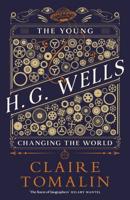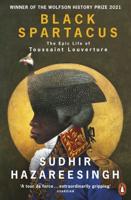Publisher's Synopsis
This historic book may have numerous typos and missing text. Purchasers can usually download a free scanned copy of the original book (without typos) from the publisher. Not indexed. Not illustrated. 1905 edition. Excerpt: ...marched out of the hall, again loudly proclaiming to the expectant crowd outside that they had gained the day. And there the matter ended. For a moment the firmness of the Regent had prevailed, and when subsequently the Dissenters reproached the stryeltsui for "selling the old faith for thirty pieces of silver," the stryeltsui broke openly with them, and cut off the head of the monk Nikita. But such unstable and capricious supporters as the stryeltsui were not to be depended on. All through the summer they continued to be a source of uneasiness. Every day their pretensions grew more intolerable, and Khovansky, who was the usual medium of their extravagant demands, frequently harangued his hirelings in language tantamount to sedition. In a word, Khovansky hoped that the stryeltsui would prefer the rule of a man to that of a woman, and that ruler was to be himself. In August the Court fulfilled its threat, and removed to the village of Kolmenskoe, where it remained till September 1, the Russian new year. By this time Sophia and Khovansky L were at open war, the former refusing to allow the little Tsars to visit Moscow for the usual ceremonies at the kreml', the latter ignoring the Regent's summons to come and give an account of himself at Kolmenskoe. Sinister rumours now began to circulate. The people of Moscow trembled in anticipation of another outbreak of the stryeltsui, while the stryeltsui were apprehensive of a combination of the boyars against them, and Khovansky never took a drive without an escort of fifty guards. For another fortnight things remained in suspense, but, while Khovansky had been idle, Sophia was concentrating her forces. At a council held at Vozdrozhenskoe, on September 17, she felt strong enough to strike, ...








